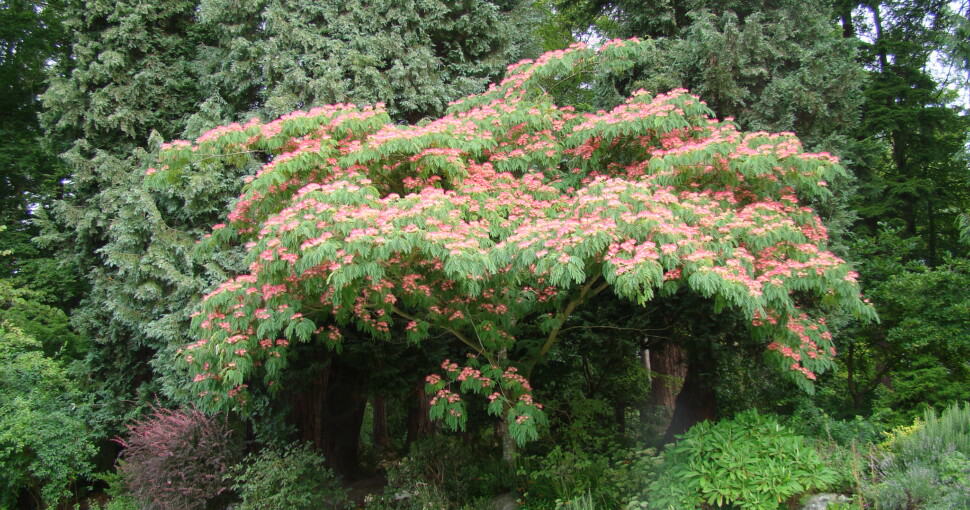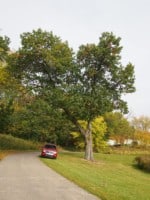Tricky names, sweet fragrances, incredible herbal effects, and elegant foliage – mimosa trees seemingly have it all, but what are some of the deeper secrets behind these incredible plants? Let’s take a closer look at Albizia trees and see what makes them such an astounding genus.
Contents
Trying to hunt down different types of mimosa trees is tricky, in no small part because they’re usually not called “mimosa trees” outside the United States. The term is actually a misnomer.
Related: 8 Types of Mimosa Trees | Mimosa Tree Benefits (and Drawbacks)
It should come as no surprise, therefore, that they’re also known as “Persian/Chinese Silk Trees.” However, while different varieties of the trees grow naturally in different areas of Asia and the Middle East, they also grow in South America, Australia, and other tropical areas around the world.
Because of all of that, the “mimosa trees” on this list are actually more properly referred to as belonging to the genus Albizia, which is named for Filippo degli Albizzi, an Italian nobleman who brought these trees to Europe in the mid-18th century.
Another notable thing about these trees is the fact that many of their leaves and bark samples are used in folk medicines around the world. Unfortunately, overuse and human encroachment into their natural habitats has also led to several varieties of mimosa trees being endangered or threatened.
1. Albizia adianthifolia
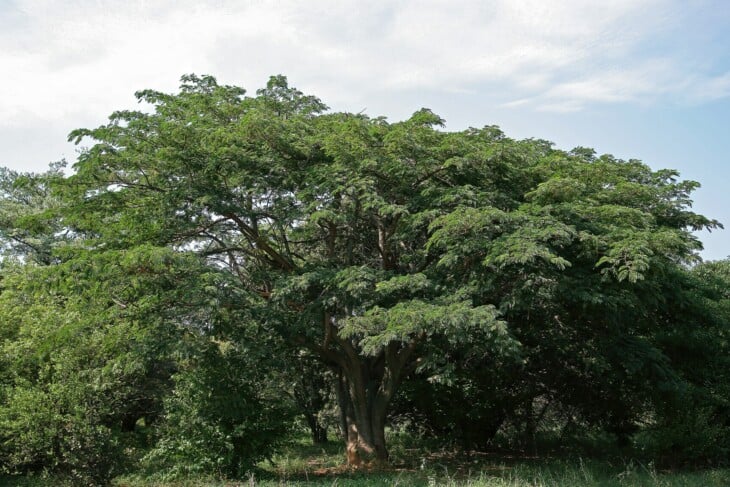
Commonly known as a flat-crown tree, this variant is found in tropical regions of Africa extending down to South Africa. It is a deciduous tree that can grow to a height of up to 25 m.
As with many entries on this list, the flowers and leaves of this tree poof out in a puffy fashion. Those puffy flowers are especially prominent in winter and spring, and feature leaflets that are quite fragrant and measure 2-5 x 8 mm.
The trees are thus quite ornate, and can also attract elephants. Just as importantly, the leaves of this tree are also home to the satyr charaxes butterfly, whose larvae hatch and feed on them.
2. Albizia amara
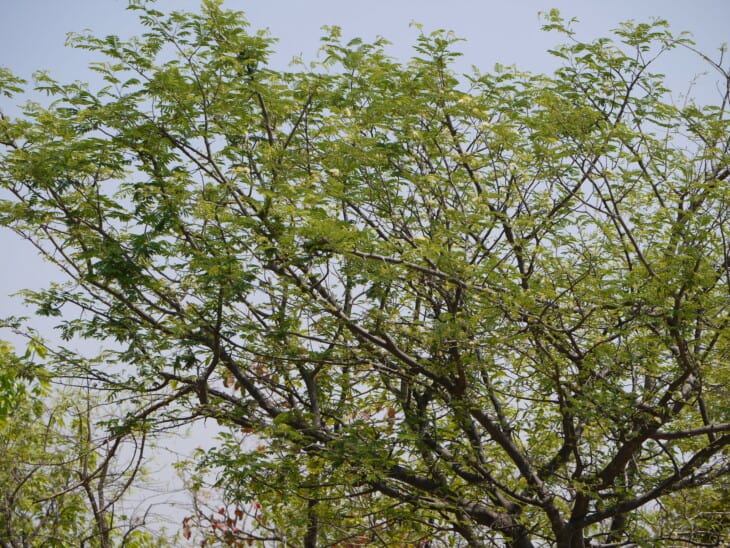
This mid-sized deciduous tree can be found throughout the southern and eastern parts of Africa, from Sudan to South Africa to Ethiopia. It can also be found outside of Africa as well in tropical regions of India and Sri Lanka.
The bark of the tree is grey, grainy, and scaly, while the leaves are made of 15 pairs of side stalks, while the tiny leaflets can contain 15 to 35 pairs. The flowers are quite distinctive, featuring powder puffs with long stamens, golden pollen, and whitish-yellow coloration.
These plants need a lot of sunlight, and true to their dry East African roots, can do a good job of resisting drought. The leaves have long been part of folk medicinal traditions for treating boils and ulcers as well as certain poisonous bites.
3. Albizia canescens
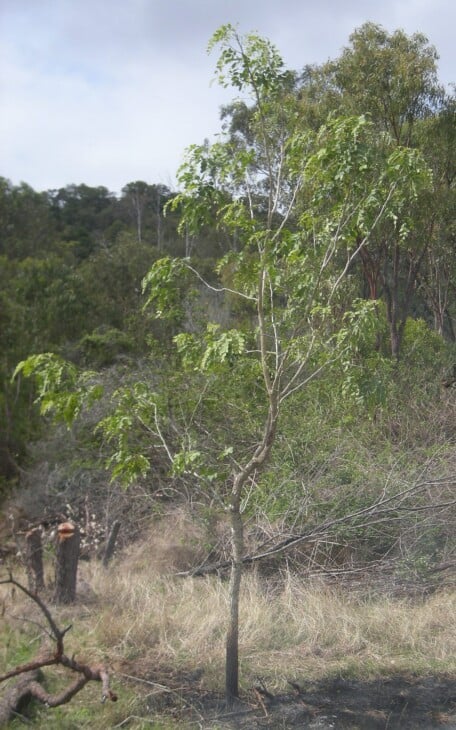
These Albizia trees are native to Northern Australia, and can vary widely in size, growing as tall as 10 m while also having smaller shrub-like varieties. Unfortunately, this particular type of mimosa tree may be in decline, due to introduced herbivores, fires, and humans’ effect on the environment.
However, it isn’t just humans who can cause these trees trouble. Their seeds are also susceptible to insectoid attackers. This variant is also susceptible to the same types of pests and diseases that can plague the Albizia lebbeck.
This tree has gone unnoticed for much of history, though in the early 20th century it was sometimes used as high-quality wood for cabinets. The seeds also contain psychoactive elements.
4. Albizia chinensis
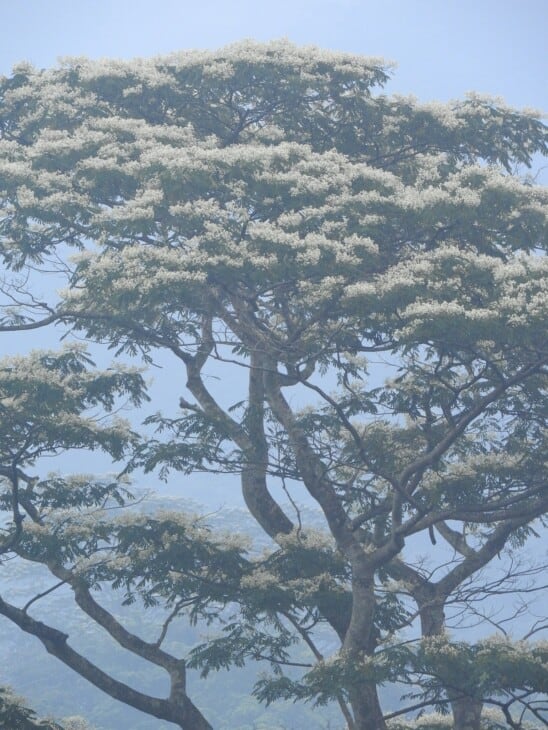
If you came here looking for a Chinese mimosa tree, this may be the variant you’ve been looking for. The Albizia chinensis is indeed named after China, and it is also native to India and Indonesia.
These trees can be either deciduous or evergreen and can reach a height of anywhere between 30 to 43 m, while the trunk can have a diameter of up to 2 m.
The flowers of this tree feature stalked heads and are a lovely shade of yellow. The trees typically serve as a food source for goats, and are wide enough to provide a fair amount of shade on plantations.
5. Albizia gummifera
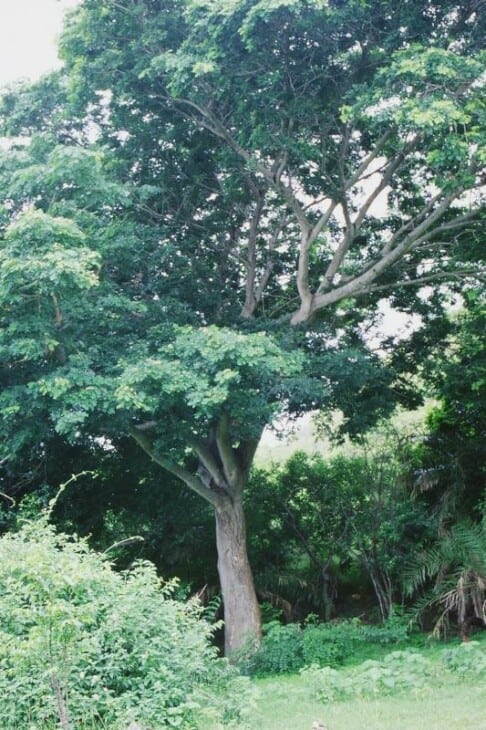
This species (sometimes colloquially known as a “peacock flower” tree) is found all over Sub-Saharan Africa and Madagascar, though it has also been naturalized in Brazil, demonstrating its adaptability to tropical climates across the globe.
It is a large deciduous tree, growing to a height of 24 to 27 m, with thick branches spreading out in an elegant overhanging shape. It’s another example of a mimosa tree that’s incredibly versatile, growing in wet forested areas as well as at altitudes as high as 1500 m.
That said, in the Runde Valley in Zimbabwe, it can grow at a much lower altitude, generally somewhere between 700 and 1200. Its bark is typically on the smoother side.
6. Albizia inundata
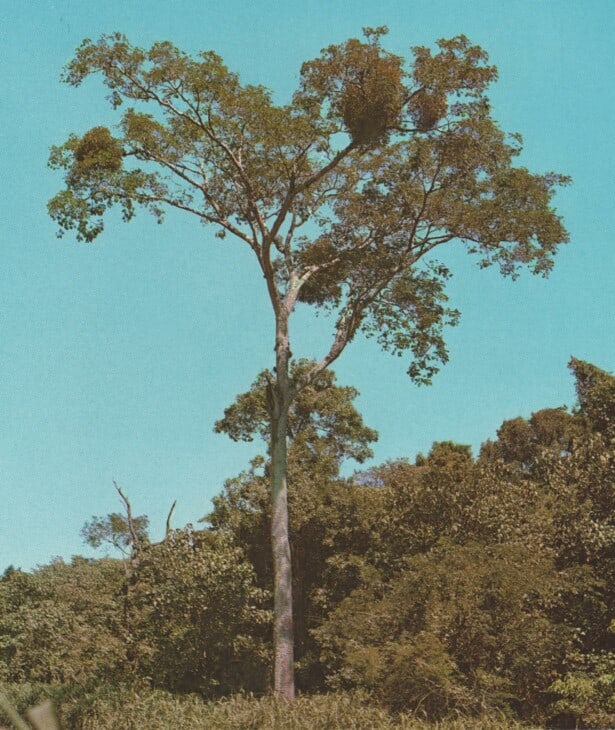
The first thing to know about this mimosa tree variant is that there are a ton of subtypes, which can make it incredibly confusing to keep track of which are which. If you are looking for one in particular, make sure to look into the species and subspecies taxonomy.
All of these variants are perennial trees that are native to different parts of South America. To make things even more confusing, there are also a ton of regional nicknames for this type of tree, including maloxo, paloflojo, timbo blanco, timbo-ata, and the most common, “cassia fistula.”
This tree can grow as tall as 20 m. Even more notable, however, is the fact that the leaves of this tree contain dimethyltryptamine – which can be used as a hallucinogenic drug.
7. Albizia julibrissin
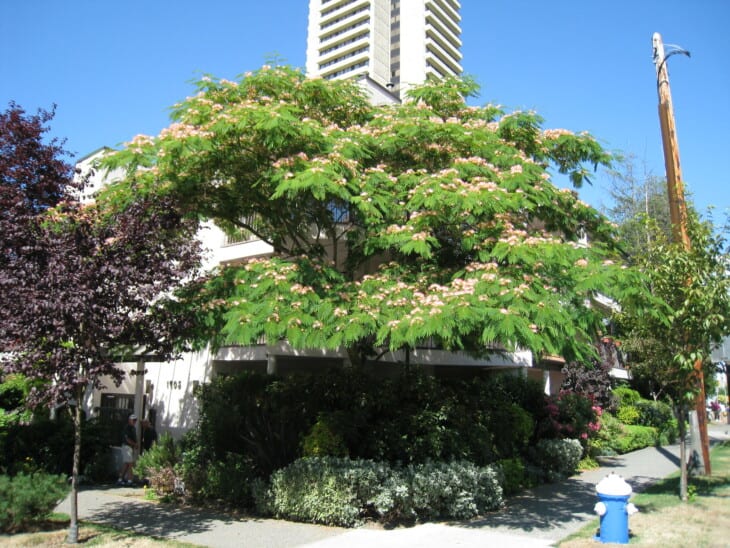
If you came here looking for “mimosa trees” knowing nothing else about Albizia, chances are this is what first came to mind. These are the trees that have also earned the moniker “Persian silk tree,” and is also known as a “pink silk tree” due to its fabulous bright foliage.
Speaking of which, its flowers have a sweet fragrant scent that may attract honeybees, and its timber can be used for furniture. The tree itself is on the smaller side, growing to a size of 5 to 16 m, with broad or arching branches and dark greenish-grey bark.
The bark can appear striped as it ages, adding to this plant’s elegant appearance. This plant is indeed used as ornamentation in many parks and gardens in its native areas. It has also enjoyed considerable global success, being planted as far afield as California’s Central Valley and Central Texas.
8. Albizia lebbeck
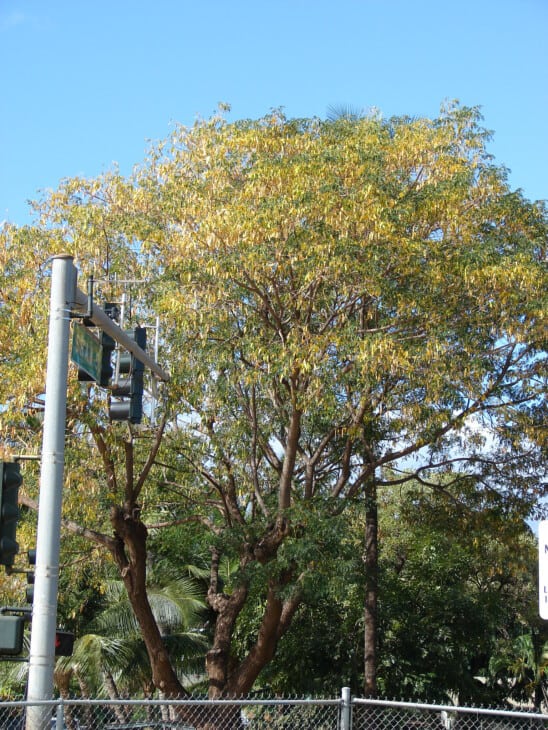
As mentioned above, this plant is sometimes susceptible to diseases in its native Northern Australia, and it is also indigenous to Indomalaya and New Guinea. It can grow to a height of between 18 and 30 m with the trunk being as wide as 1 m.
While it is native to Oceania, it is widely cultivated in tropical regions the world over. While often called “lebbeck,” other nicknames include “flea tree” and “woman’s tongue tree.” In South America and regions of South America it is called a “Shak Shak Tree,” and it’s “vagai” in Tamil Nadu.
It can be used as an astringent and has many uses in all-natural traditional medicinal traditions that incorporate it. The leaves or bark from these trees are used to treat boils, the flu, gingivitis, inflammation, and lung and pectoral issues.

